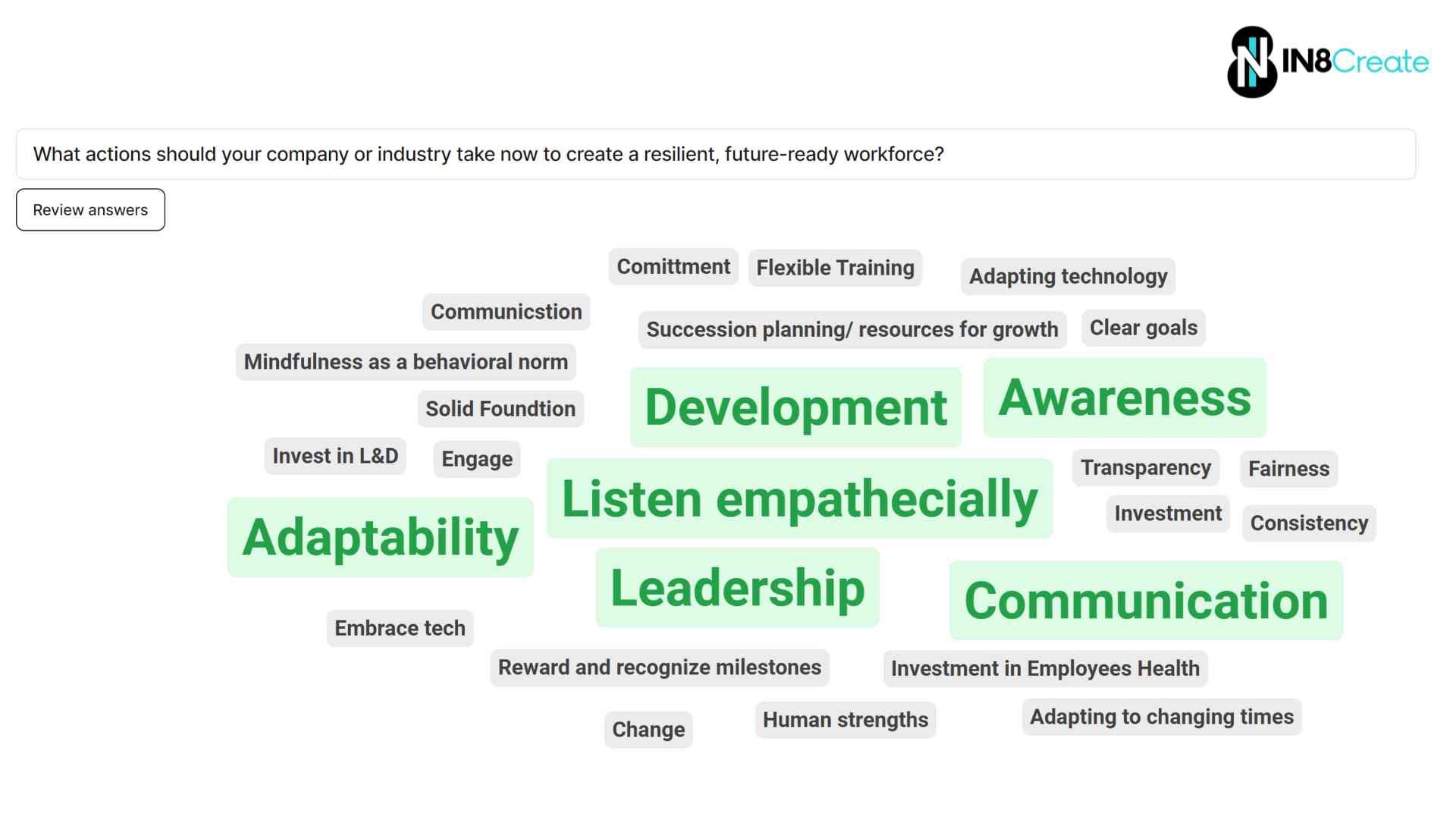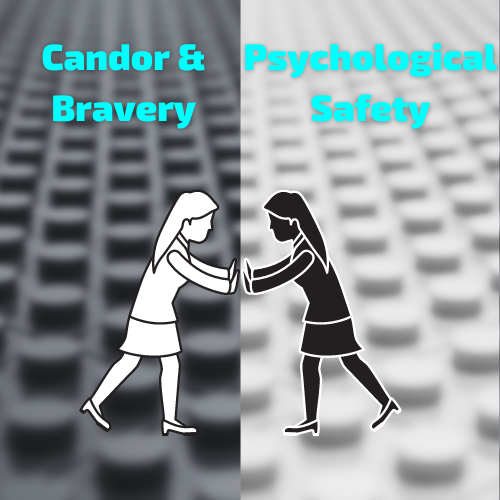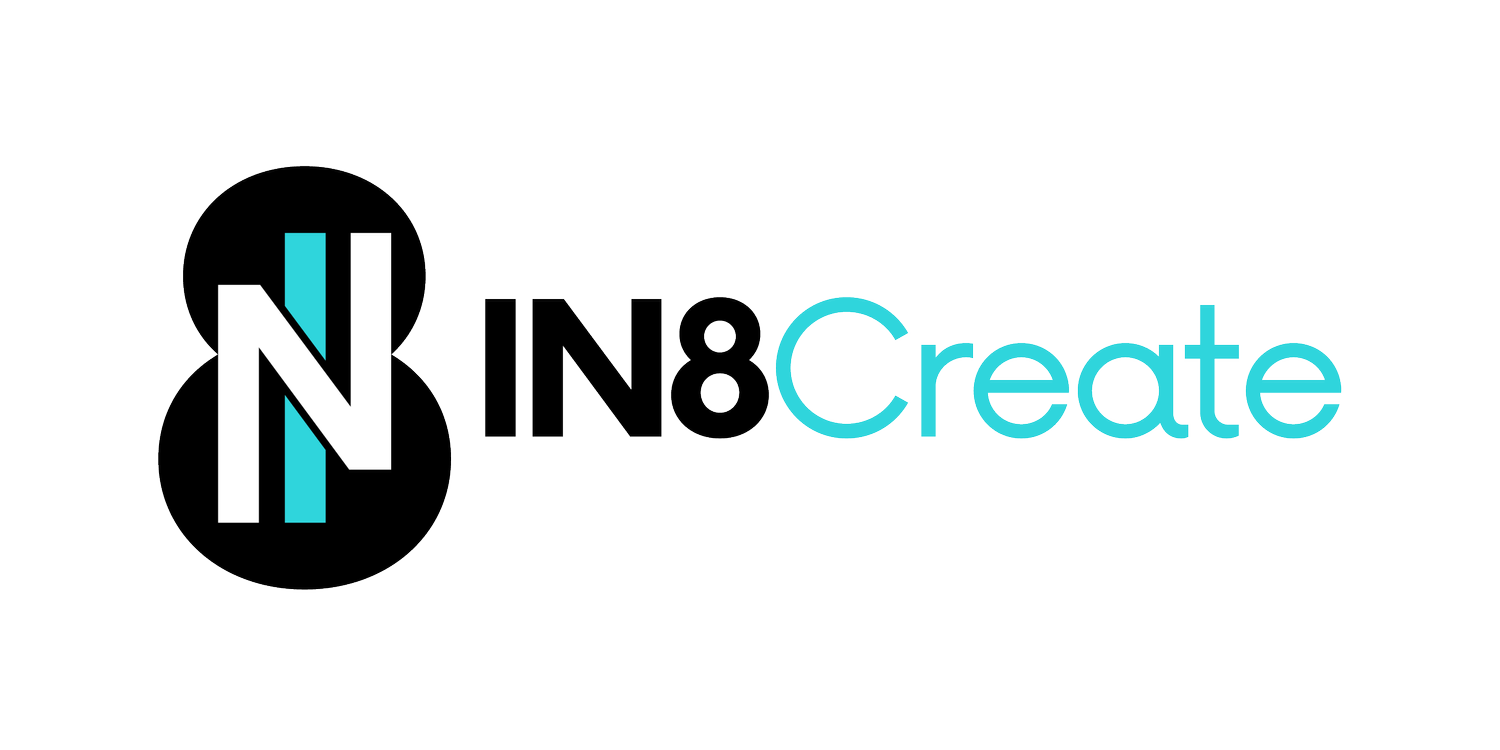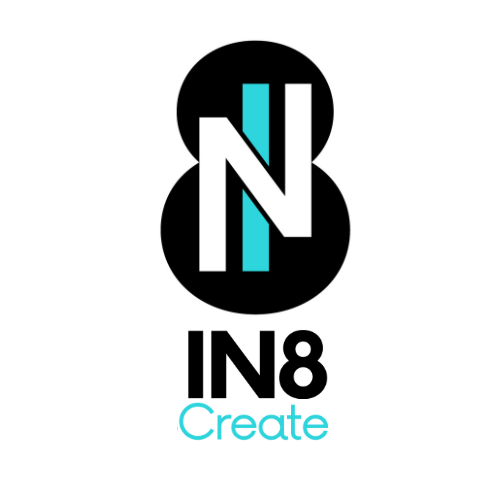
Insights

Communication & Team Connection: Building Trust Through Better Relationships
Every team is a collection of unique perspectives, communication styles, and working preferences. What looks like a simple conversation to one person might feel overwhelming to another. The challenge isn't having different viewpoints—it's creating the shared language and understanding that allows these diverse minds to collaborate effectively

Team Trust Is Built in Moments Most People Miss
We create mental shortcuts about these people, usually based on very limited information, and those definitions influence our collaboration moving forward. Often, these snap judgments become self-reinforcing cycles that can be difficult to break.

The Secret Sauce of Great Teams: Emulsification
How many of us have worked with people who are like oil and water? Team members who just don't naturally mix, creating friction rather than flow? Well, just like our hollandaise, we just need to find the right emulsifier!
Through our work with teams, we've discovered that effective team emulsification happens in layers, each one strengthening the bonds between team members.

The Foundations of Amazing Teamwork
Creating an exceptional team requires intention and effort, but the rewards are worth the investment. When these six foundations are firmly established and actively maintained, teams can achieve remarkable results while creating an environment where everyone flourishes. Excellence in teamwork isn't accidental - it's the product of careful cultivation of these essential elements.

Stepping Forward - The Hidden Power of Team Commitment
The psychology behind this approach aligns perfectly with James Clear's insights on identity-based habits in his book "Atomic Habits." When we incorporate something into our identity – whether it's being a committed team player or a coachable athlete – our actions naturally flow from that self-image. It's no longer about forcing ourselves to follow rules; it's about staying true to who we've declared ourselves to be.

Creating A Resilient, Future-Ready Workforce
In our recent "Build Your Future Workforce" workshop with the Westchester Human Resource Management Association (WHRMA), we explored a crucial question: What actions should companies take now to create a resilient, future-ready workforce? The responses from participants were diverse and insightful, highlighting the complexity of this challenge

Fostering Team Success Through Individual Responsibility
By fostering an environment where team goals are prioritized and each member feels responsible for the team's success, organizations can create stronger, more cohesive teams. Remember, a great team is not just a group of talented individuals, but a synergistic unit where the whole truly becomes greater than the sum of its parts.

Does Your Team Cheer Each Other On?
When Lily Zhang of the US Ping Pong team was playing for gold, Ant was right there in stands cheering her on. And you can tell he is truly excited for her. This is the person we all want to be on a team with. A person that wants to win and one that will cheer us on with full throated support.

Building Empathy in Teams With Personal Stories
Steve from accounting becomes Steve the guy who played baseball in the Little League World Series. Your team has a ton of stories like this and when shared, they will add depth and dimension to the relationships in your team. When we can hear, see, and understand the depth and dimension behind our teammates histories, we gain appreciation for them as a person. We understand they are more than the role they fill.

Empathy: The Quiet Powerhouse to Build High Performing Teams
Building high performing teams requires more than just skills; it demands an understanding heart. A team environment where empathy is a celebrated trait ensures that individuals feel connected, valued, and ready to contribute their best.

What General Relativity Can Teach Us About Teams, Leadership, and Engagement
So what does relativity have to do with teams leadership, and engagement? You can use the model to better understand work in relative and absolute terms. Here are three possible applications:
1. Defining Quality of Work
2. Gaining Perspective for Decision Making
3. Measuring Results

Balancing Candor with Psychological Safety in Senior Leadership Communication
Most of the things discussed were expected - things like collaboration, trust, sharing, alignment, and more.
However where the tension popped up was between candor & bravery and psychological safety & support.
This was a great framing of the complexity inherent in group dynamics.
So did we solve it?

